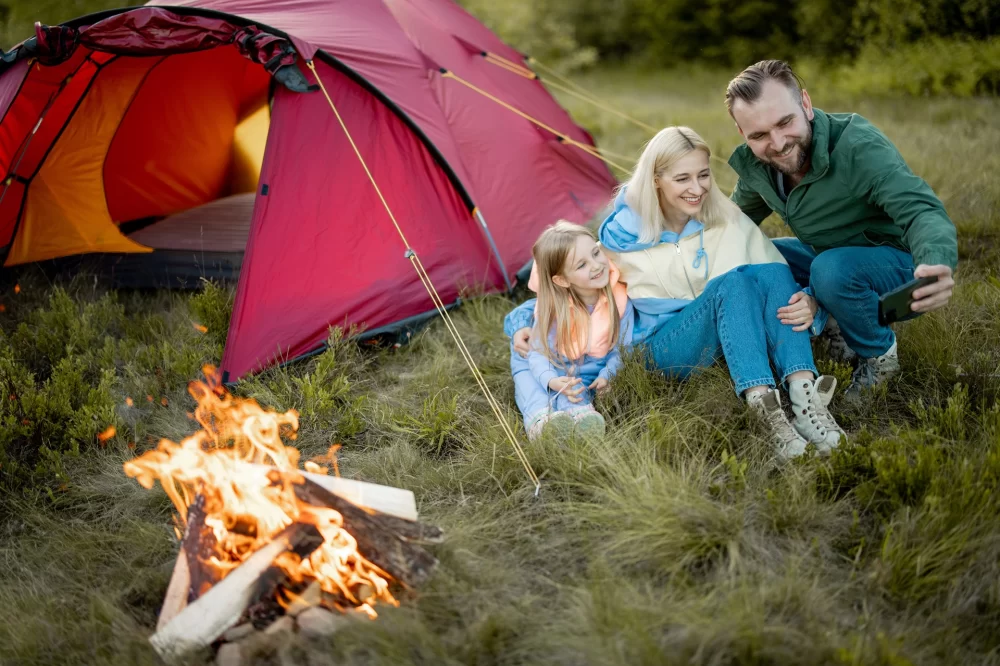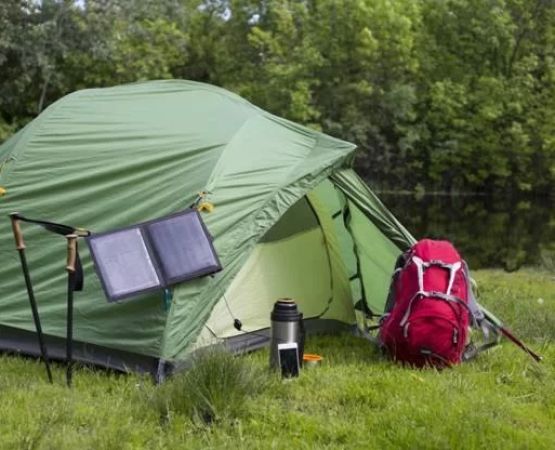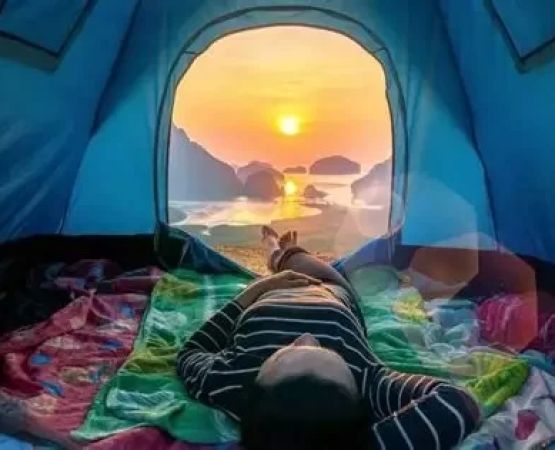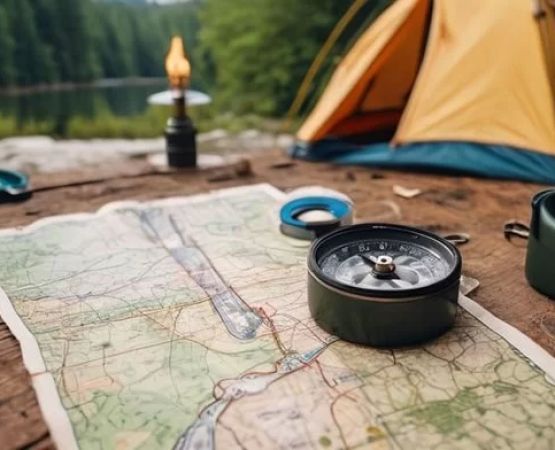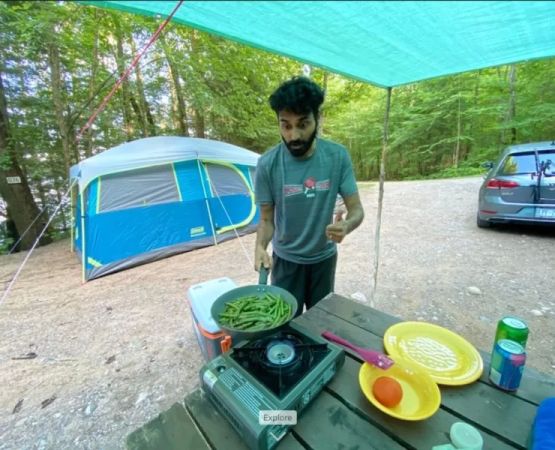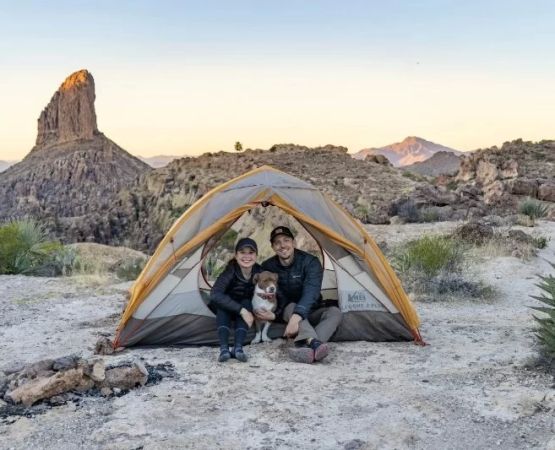What to Pack for a Camping Trip with Kids: A Complete Family Checklist
As a parent, taking your kids camping can be an unforgettable adventure. The thought of spending time outdoors, roasting marshmallows by the fire, and exploring nature together is exciting. But when it comes to packing for a camping trip with kids, it can also feel a bit overwhelming. After several camping trips with my family, I’ve learned what to pack to ensure that both the kids and adults have a safe, comfortable, and fun experience. In this guide, I’ll share everything you need to bring, from basic camping essentials to special items to keep the kids entertained and happy during your outdoor adventure.
1. Choosing the Right Gear for Your Kids
One of the first things I’ve learned when camping with kids is the importance of choosing the right gear. Kids can be a bit more sensitive to the elements, and having the proper equipment ensures that they stay comfortable, no matter the weather or conditions. For example, I remember the time we went camping in the Rocky Mountains, and it unexpectedly rained for a few hours. Thankfully, I had packed rain gear for my kids, which kept them dry and happy. Here’s a list of essential gear to bring:
- Kid-sized sleeping bags: Make sure they’re warm enough for the season, but also lightweight enough for easy packing.
- Weather-appropriate clothing: Layered clothing is key, especially if you're camping in unpredictable weather. Pack moisture-wicking clothes for the day and warmer layers for the evening.
- Waterproof boots: These are essential for any outdoor adventure, keeping your kids’ feet dry during hikes or when playing near water.
- Comfortable camping chairs: After a long day of hiking or exploring, your kids will love having a spot to sit and relax by the campfire.
2. Safety and Health Essentials for Kids
When camping with kids, safety should always be a top priority. Over the years, I’ve found that having a well-stocked first-aid kit and taking a few extra precautions can help keep any issues from turning into a bigger problem. I’ll never forget the time my daughter tripped and scraped her knee during a nature walk. Having bandages, antiseptic wipes, and pain relief items in our first-aid kit helped us deal with the situation quickly and easily. Here’s what you should bring for kids’ safety and health:
- First-aid kit: Pack bandages, antiseptic wipes, tweezers (for splinters), bug bite cream, sunscreen, and pain relievers like ibuprofen or acetaminophen for your kids. Make sure to include any necessary medications for your child’s specific needs.
- Bug repellents: Kids can be particularly sensitive to insect bites, so it’s important to have insect repellent that’s safe for children.
- Water bottles: Staying hydrated is essential, especially in the summer heat or during physical activities. Pack enough water for everyone in the family and make sure your kids drink regularly throughout the day.
- Hats and sunglasses: Protect their faces from the sun’s harmful rays by packing hats with brims and UV-blocking sunglasses.
3. Entertainment and Fun for Kids
While camping is about connecting with nature, I’ve learned that kids also need a bit of entertainment to keep them engaged and happy. I remember when we went camping in Yellowstone last summer, and my son was getting a bit restless during our quiet afternoon at the campsite. That’s when I pulled out a few games and toys I had packed just for moments like these. Here are some fun items that I always include to keep the kids entertained:
- Outdoor games: A soccer ball, a frisbee, or a kite can keep kids entertained for hours. These are great for letting them burn off energy after a long hike.
- Books and journals: Encourage your kids to observe their surroundings by giving them nature-themed books or journals to write in. They can document animals they see, plants they find, or their thoughts about the trip.
- Crafting materials: I always bring a small bag of craft supplies like markers, colored paper, and glue. Kids love to create nature-inspired crafts when they need a break from physical activities.
- Headlamps or flashlights: Let your kids explore after dark safely with their own small headlamp or flashlight. It also makes evening activities like stargazing more exciting for them.
4. Food and Cooking Supplies for Kids
Food is one of the best parts of camping! But when you have kids with you, it’s important to plan meals that are easy to prepare, nutritious, and kid-friendly. During one camping trip, I remember making foil packet meals with my kids—they loved being able to prepare their own food, and it was an easy way to ensure everyone ate well. Here’s a list of food and cooking essentials for kids:
- Snacks: Pack a variety of healthy, non-perishable snacks like granola bars, trail mix, and fruit snacks. I also pack a few treats to make the camping experience even more exciting.
- Portable utensils and plates: Kids will appreciate having their own kid-sized camping utensils and plates. I also bring reusable water bottles to cut down on waste.
- Easy-to-make meals: Prepare some simple meals like pasta, hot dogs, or pre-made chili that can be heated over the campfire. Cooking together is part of the fun, and I’ve found that my kids love getting involved in meal prep.
- Cooler and ice packs: If you’re bringing perishable items, a cooler is essential. I pack it with ice packs to keep everything fresh throughout the trip.
5. Keeping the Kids Safe Around the Campfire
One of the highlights of camping is gathering around the campfire. However, I’ve always made sure to teach my kids about fire safety before we get too comfortable around the flames. I remember the first time we camped with my youngest child; I explained the importance of staying a safe distance from the fire and made sure they knew the rules. Here are a few safety measures to take around the campfire:
- Campfire safety rules: Make sure your kids know that they should never approach the campfire without an adult. Always supervise them when they’re near the fire.
- Keep fire safety tools on hand: A bucket of water and a shovel should always be nearby to put out the fire safely when you’re finished. Teach your kids that the fire should never be left unattended.
- Fireproof gloves: If your kids are interested in helping out with the campfire, make sure they wear fireproof gloves for safety.
6. Make the Trip Enjoyable for Everyone
Lastly, it’s important to remember that camping is a family experience. Make sure to involve your kids in planning activities for the trip. I often ask my kids what they want to do, whether it’s a hike, swimming in a nearby lake, or simply making s’mores at the campfire. By making them feel like they’re part of the planning process, you’ll ensure that the camping trip is an enjoyable experience for everyone.

